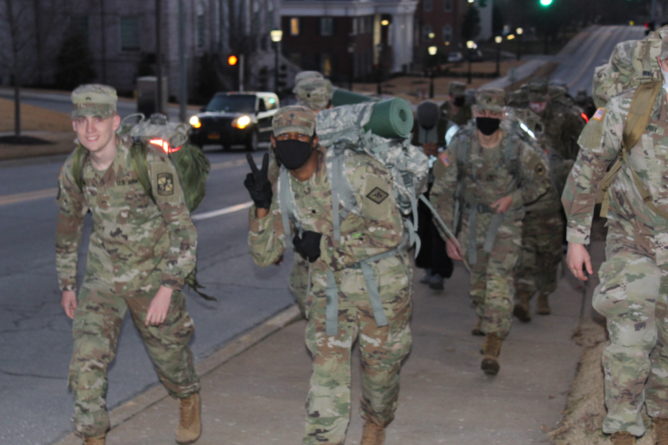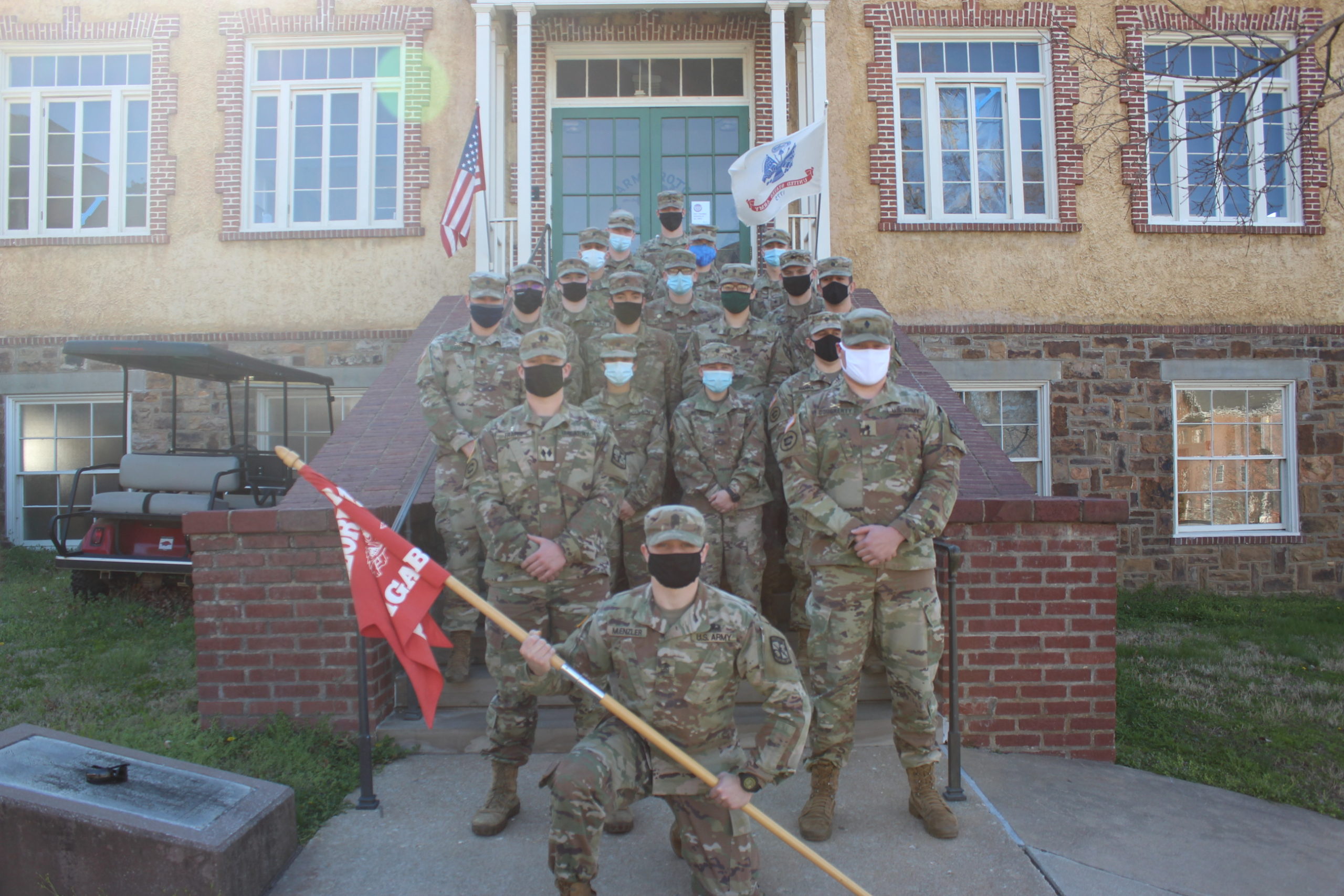By: Fletcher Cowden
FAYETTEVILLE, Ark.- The United States Army sets a goal every fiscal year on the number of people needed to be recruited. This goal is generated by the number of positions that need to be filled across the organization.
In 2018 the active-duty component of the Army set the goal to recruit 76,500 personnel into their ranks. That year they fell short only recruiting 69,972 new members.
This wasn’t just a problem for active duty, the reserve component set a goal of 15,600 and only managed to recruit 11,372. The active-duty component reached 91.5% of their goal and the reserves only reached 72.8% of their goal.
2019 the Army took aim at a new goal. Recruiting command lowered the number to recruit only 68,000 members, 8,500 less than in 2018. They reached this number and went over to 68,185.
Taking a look into the recruits, 97.1% of the recruits have a high school degree, and the remaining percentage 2.9% have the equivalent of a GED.
Diversity in the Army has become one of its strengths. Look at the 2019 recruits 22.3% are African American, 19.6% are Hispanic, 5.9% are Asian. While Males still greatly outnumber females that joined by 82.2% and 17.8% female.

“The Army is the largest fraternity in the world,” Cadet Elizabeth Krusing said,” I’ve made friends with people of all walks of life.”
Fifty percent of the Army comes from eight states. Texas, California, Florida, Georgia, New York, North Carolina, Ohio, and Illinois.
When the covid pandemic broke out in 2020 the Army’s operation on recruiting had to change dramatically.
Previously before the pandemic, a lot of recruiting was face to face.
“A lot of digital pamphlets,” Lieutenant Vines said, “We’ve really learned how to use a middle man when it comes to high school and college counselors.”
Lieutenant Vines became an on-campus gold bar recruiter at the beginning of the year. His role is to Assist the lead director of recruitment for the University of Arkansas’s Army ROTC program.
“There are so many incentives for people to join the Army,” Vines said, “Being able to help a prospect in becoming a Cadet is very rewarding.”
There are some major challenges past the pandemic that the recruiting command says they face.
The first is competing with civilian employers. In a lot of cases, the potential recruits can find a higher-paying job than the Army.
Only 50% of American youth admit that they know little to nothing about the military. This makes recruiters’ jobs more difficult.
“I was surprised that my friends on campus didn’t know about ROTC,” Krusing said,” Then when I talked to a few of them about the opportunities given by the National Guard they were immediately interested.”
What’s most challenging for the Army is that 71% of all American youth do not qualify for military service. This is due to multiple factors such as mental and physical disability, obesity, drugs, misconduct with law, and aptitude.
This leaves only 29% of Americans eligible for service and out of that only 1% decide to join.


